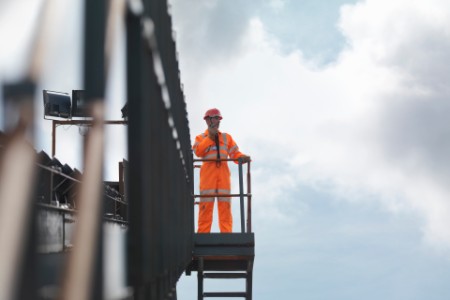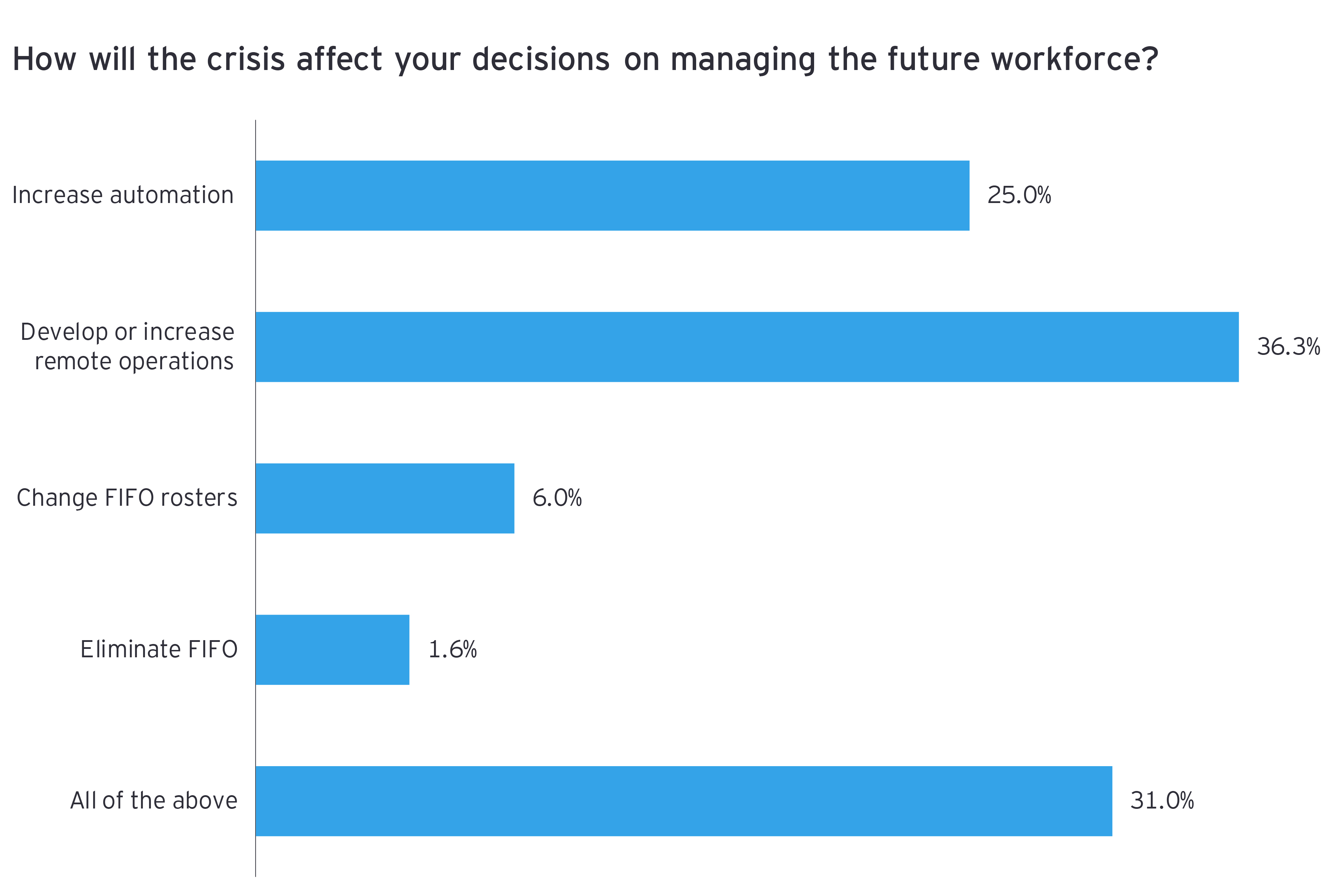Measures taken to protect the health of workers may also be an opportunity for companies to accelerate innovation and improve productivity.
This is part of a series of articles relating to the impact of COVID-19 on the mining and metals value chain.
Workforce safety has always been the top priority for the mining and metals sector, and we’ve seen swift action from companies during the COVID-19 outbreak to manage workplace health and reduce the risk of site exposure. Some mines have changed rosters to limit workforce movement, while others have introduced greater pre-site screenings and incentives that encourage staff to temporarily relocate closer to operations.
But protecting the health of workers, while also keeping them engaged and productive, will require companies to take a strategic, human-centric approach to what is likely to be an extended period of disruption and recovery. Five key areas of focus can help companies navigate this journey:
Understanding people impacts and priorities
The disruption of COVID-19 on companies’ operating models means that linear workforce planning simply cannot keep up. Instead, companies should consider detailed scenario planning and monitoring to enable workforce responses in near real time. The rapid pace of COVID-19 developments requires the regular review of these scenarios and development of suitable workforce management responses.
Protecting people
During the outbreak, controls must be put in place to safeguard all personnel from the risk of infection, and, in the case of mission-critical staff, a clear succession plan adopted should they fall ill. Some miners are de-risking operations through building dispersed team structures and providing natural contingencies for teams and critical staff. We’ve also seen an increased focus on monitoring mental as well as physical health, with an uptick in psychosocial forums. Mines may also change their approach to medical facilities, with some companies increasing the level of skills available on-site — we’ve even seen ICUs being built into greenfield mine plans.
Moving people
Action plans need to be created for each location, group of employees and individual, aligned to the detailed scenarios. These plans may include relocating staff with specialist skills, reducing the number of fly-in, fly-out workers and changing some rosters to reduce workforce movements. Once conditions stabilize, we are likely to see companies move to minimize their dependencies on key personnel through rethinking roles – for example, training office staff to operate dump trucks as a backup plan.
Maintaining people productivity
Keeping people safe, while also supporting them to perform at their best, is a key challenge for companies during COVID-19. Monitoring outbreak location data and taking a flexible approach to manage resource deployment helps enable miners to safeguard personnel while maintaining optimum productivity. Regular and authentic communications are critical to ensure that staff stay connected and engaged.
Managing people costs
Throughout this period of disruption, miners will have to align and manage trade-offs across workforce capacity, capability and cost as conditions change. Doing so effectively will require continous monitoring of the operating environment and regular updates of resource planning forecasts. Companies may need to adjust labor cost positions if prices drop and determine how to secure a supply of staff at the most profitable assets. This can be done by profiling the casual and contractor workforce, identifying and segmenting contract types, determining labor criticality and understanding termination terms and conditions.



